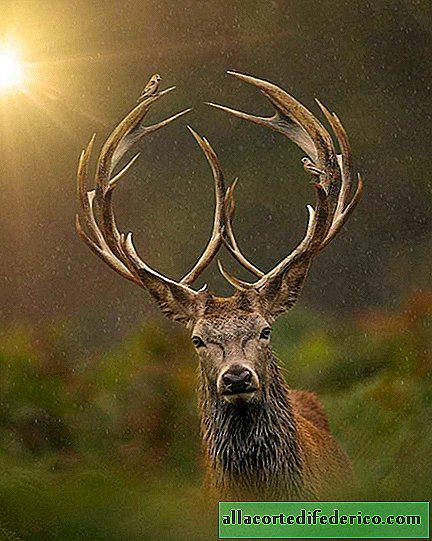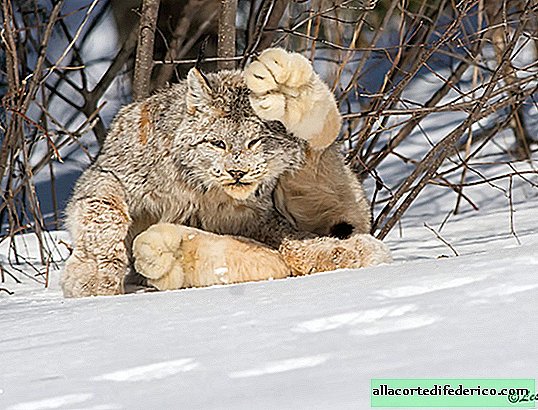Scientists have discovered how cats conquered the world
Cats own the world. Only pandas could compete with them, but they are too lazy for world domination. Cats can now also afford to do nothing and get all the benefits of humanity just because they are cats. But it was not always so. Scientists recently found out that several thousand years ago cats had to travel a lot before they became rulers of the world.
From the mousetraps to the gods
Today, domestic cats live everywhere except Antarctica. New study in the journal Nature. Ecology and Evolution says scientists had to study DNA from the remains of more than 200 cats found in Viking graves, Stone Age graves, and Egyptian tombs. The results of a ten-year study say that cats conquered the Earth with two big waves.

In the photo: Felis silvestris lybica
The progenitor of modern domestic cats is the African subspecies of a wild cat (Felis silvestris lybica). For the first time, people noticed cats at the dawn of agriculture in the region where Turkey is today. When about 10 thousand years ago, people began to store grain, rodents began to pester them. Felis silvestris lybica came for rodents, and the man thought it was a very useful animal. Most likely, tailed-striped came to Europe from this region around 4400 BC.
The second wave of domestication of cats began in Egypt. Everyone knows how cats lived on the banks of the Nile. They were quickly equated there with the gods and began to relate accordingly. At the same time, Egyptian cats became more tame and sociable. Pictures of Ancient Egypt often depicted cats at home, comfortably resting under the chairs of the owners.

Such benevolence attracted people even more, so cats began already in the first millennium BC to spread along trade routes through Africa and the Mediterranean Sea.
Viking cats
Cats continued to gain confidence due to their use on ships, where rodents were also a big problem. Most likely, the Vikings brought them to the north, including northern Europe.

Since, first of all, the value of a cat was determined by its ability to catch mice, nobody paid much attention to the appearance of pets and ship pets for thousands of years. Then in the 14th century a “spotting gene” appeared in western Turkey, and the boom of special breeding of tamed cats and breeding of new breeds arose only closer to the 19th century.

Pictured: Bengal cats
At the same time, for thousands of years and in some places still domestic cats continued to interbreed with wild brothers. This explains why even the most unusual cat breeds are not so different from wild cats, such as a chihuahua and a wolf. And it also suggests that it is because of the remaining “wild” gene that cats remain independent and continue to walk on their own.

















